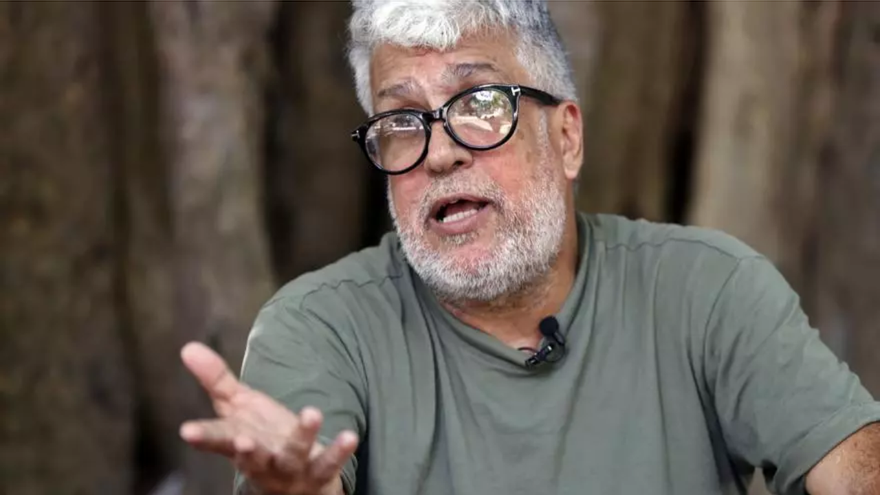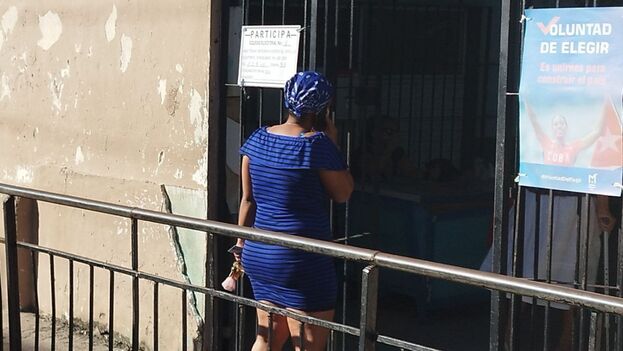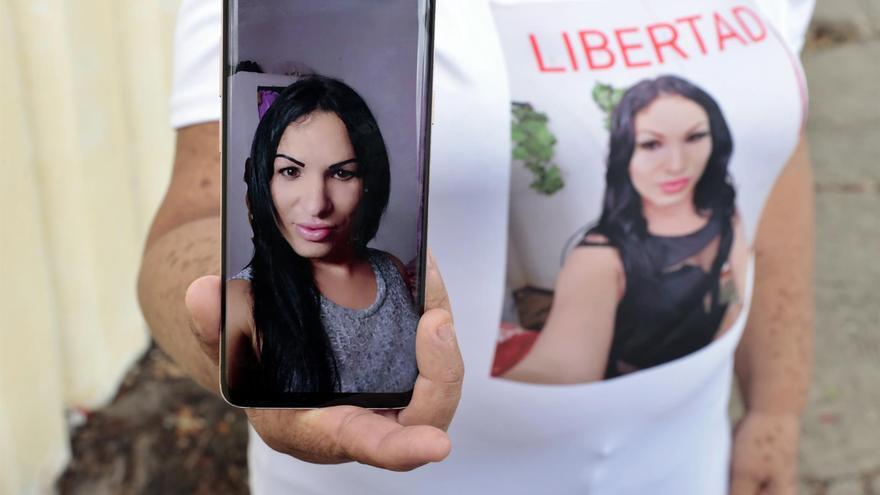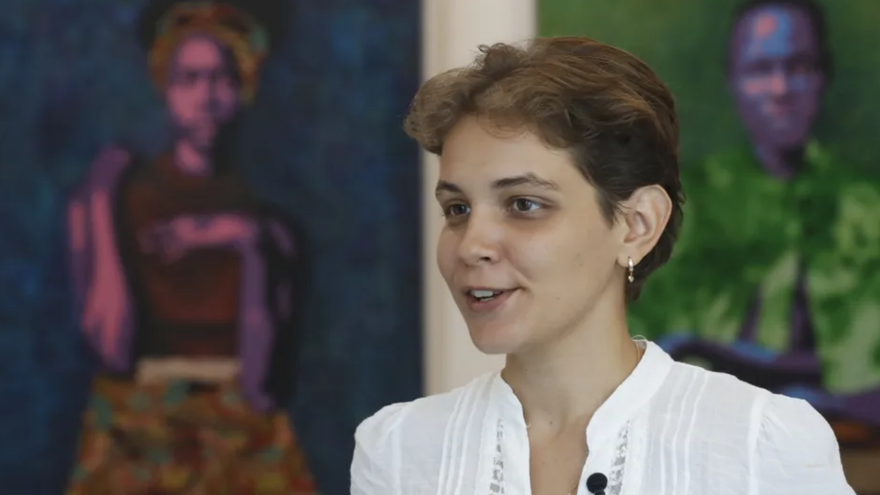
![]() EFE (via 14ymedio), Juan Carlos Espinosa, Havana, 22 September 2023 — Making black women visible in their daily lives as a sign of empowerment. That is the proposal of the young Cuban artist Daniela Águila in her series Retratos Invisibles (Invisible Portraits), whose exhibition was inaugurated this Thursday in Havana.
EFE (via 14ymedio), Juan Carlos Espinosa, Havana, 22 September 2023 — Making black women visible in their daily lives as a sign of empowerment. That is the proposal of the young Cuban artist Daniela Águila in her series Retratos Invisibles (Invisible Portraits), whose exhibition was inaugurated this Thursday in Havana.
Águila’s project – her fifth personal exhibition on the Island – is the result of two years of work and research, according to this 23-year-old woman in an interview with EFE, to reflect “Afro-Cubanity from the female perspective.” It is her “most ambitious project so far,” she says.
“Throughout history, I think there has been a void in the representation of the black woman. Especially if we talk about a non-sexualized representation”
“Throughout history, I think there has been a void in the representation of the black woman. Especially if we talk about a non-sexualized representation, which is based on the empowerment of women in every sense of the word,” she points out from the private gallery Máxima, in Old Havana.
Through nine pieces, with a palette reminiscent of pop art and reliefs that protrude from the fabric, Águila displays her vision of what she understands her generation can offer, often renounced by her elders as “fragile” and preferring the immediacy of TikTok and Instagram.
“Just because we are a generation of fast consumption does not mean that we create things of poor-quality,” she says. continue reading
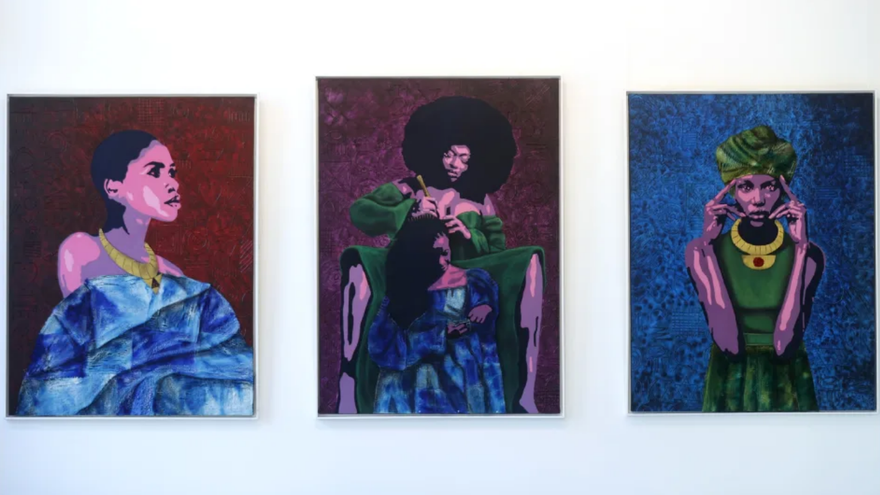
For her, the pejorative nickname of being part of the “crystal generation” refers to something positive: “(They should call us that) because of how transparent we are. We are not afraid to show things as they really are.”
Her premiere was in 2015, when she was still studying at the San Alejandro National Academy of Fine Arts. Now she continues to combine social life – “well, an attempt at social life (laughs)” – her work and her classes at the University of the Arts (ISA) of Cuba.
That juggling usually fails because her passion robs her of the most time in her routine. Between puffs of cigarettes and brushstrokes, she spends about eight hours in her studio, her second home since fourth grade.
“As a child I always wanted to try things. I studied guitar, I studied taekwondo, I studied tennis, I did a lot of things. But when I got to painting, I definitely said: ’This is my medium, this is what I want to do,’” she recalls.
“Yes, it’s true that there are many people who graduate, leave and project their future elsewhere, which I see as great. However, that doesn’t interest me, at least for the moment“
In the future she sees herself creating art in Cuba, something remarkable at a time when thousands have left the Island, which has been plunged in an intense economic crisis for more than two years.
In 2022 alone, around 3% of Cuba’s population emigrated just to the United States through the border with Mexico, according to figures from the U.S. government. Many of them were young people fresh out of university.
“Yes, it’s true that there are many people who graduate, leave and project their future elsewhere, which I see as great. However, that doesn’t interest me, at least for the moment. It seems to me that there is a lot to do here,” she tells EFE.
Her interest, she acknowledges, is in thinking “about the two series that will come after” the current one. Always in the future, but not as an obsession: “I prefer to say focused (instead of obsessive).”
Invisible Portraits will be on display until October 21 in Havana.
Translated by Regina Anavy
____________
COLLABORATE WITH OUR WORK: The 14ymedio team is committed to practicing serious journalism that reflects Cuba’s reality in all its depth. Thank you for joining us on this long journey. We invite you to continue supporting us by becoming a member of 14ymedio now. Together we can continue transforming journalism in Cuba.

